
# 3189a FDC - 1999 33c Celebrate the Century - 1970s: Earth Day
1999 33¢ Earth Day
Printed By: Ashton-Potter
Printing Method: Offset Press
The First Earth Day
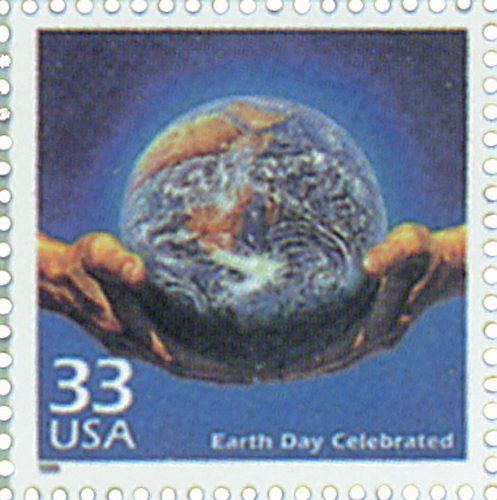
On April 22, 1970, some 20 million people took part in the first Earth Day in America. Today, the event has spread across the world and is celebrated by more than one billion people.
The January 28, 1969, the Santa Barbara oil spill released over three million gallons of oil near the California coast, killing more than 10,000 seabirds, dolphins, seals, and sea lions. Environmental activists began calling for increased regulation and education, and an Earth Day to call attention to such issues.

On the one year anniversary of the oil spill, activists held Environmental Rights Day. They composed the Declaration of Environmental Rights and worked with concerned politicians on the National Environmental Policy Act.
Among these politicians was Wisconsin Senator Gaylord Nelson. Nelson had witnessed the effects of the Santa Barbara oil spill and wanted to do something to prevent future horrors. At the time, American schools were a hotbed for anti-war protests. He believed that if he could harness that same enthusiasm for the rising interest in air and water pollution, he could make environmental protection a part of the national political agenda.

Soon after, Nelson publicly announced that he planned to hold a “national teach-in on the environment.” He soon recruited Pete McCloskey to serve as his co-chair and Denis Hayes as the national coordinator. Hayes assembled a national staff of 85 to push for events around the country. They then selected April 22 as the date for their event, as it fell between spring break and final exams and would allow more students to participate.
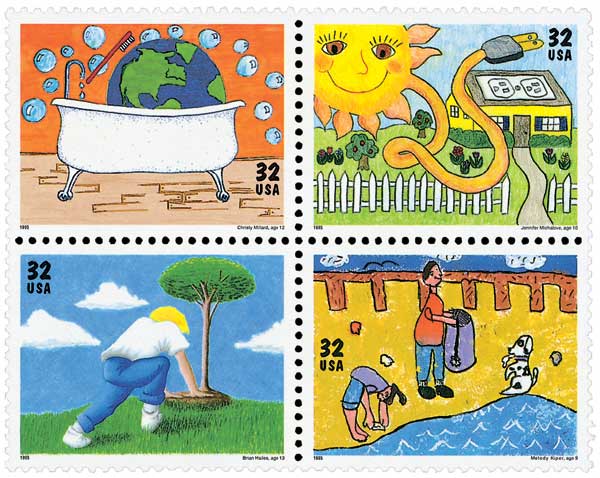
As planned, Earth Day 1970 was celebrated around the country on April 22. Some 2,000 colleges, 10,000 primary and secondary schools, and hundreds of communities across America joined in the event. Overall, it “brought 20 million Americans out into the spring sunshine for peaceful demonstrations in favor of environmental reform.”

|
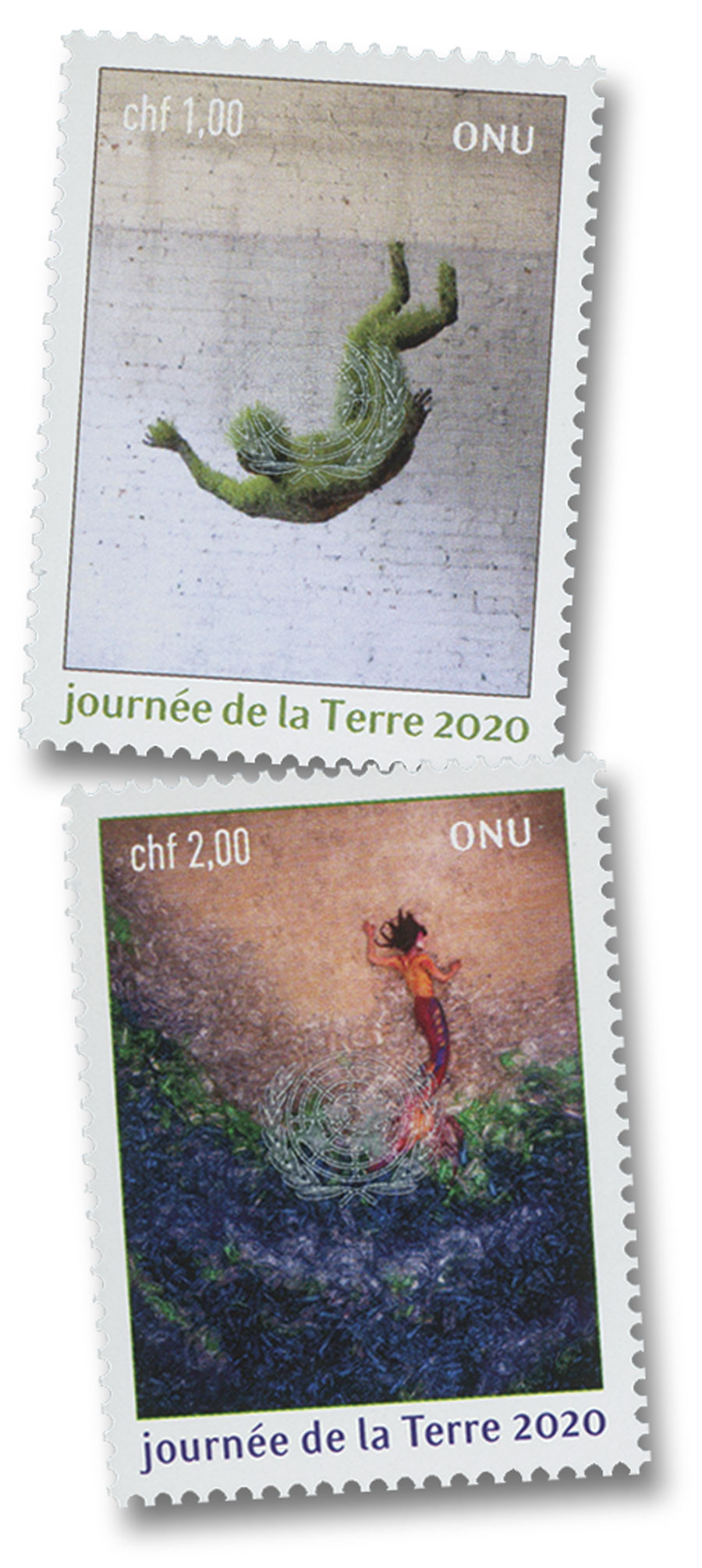
|
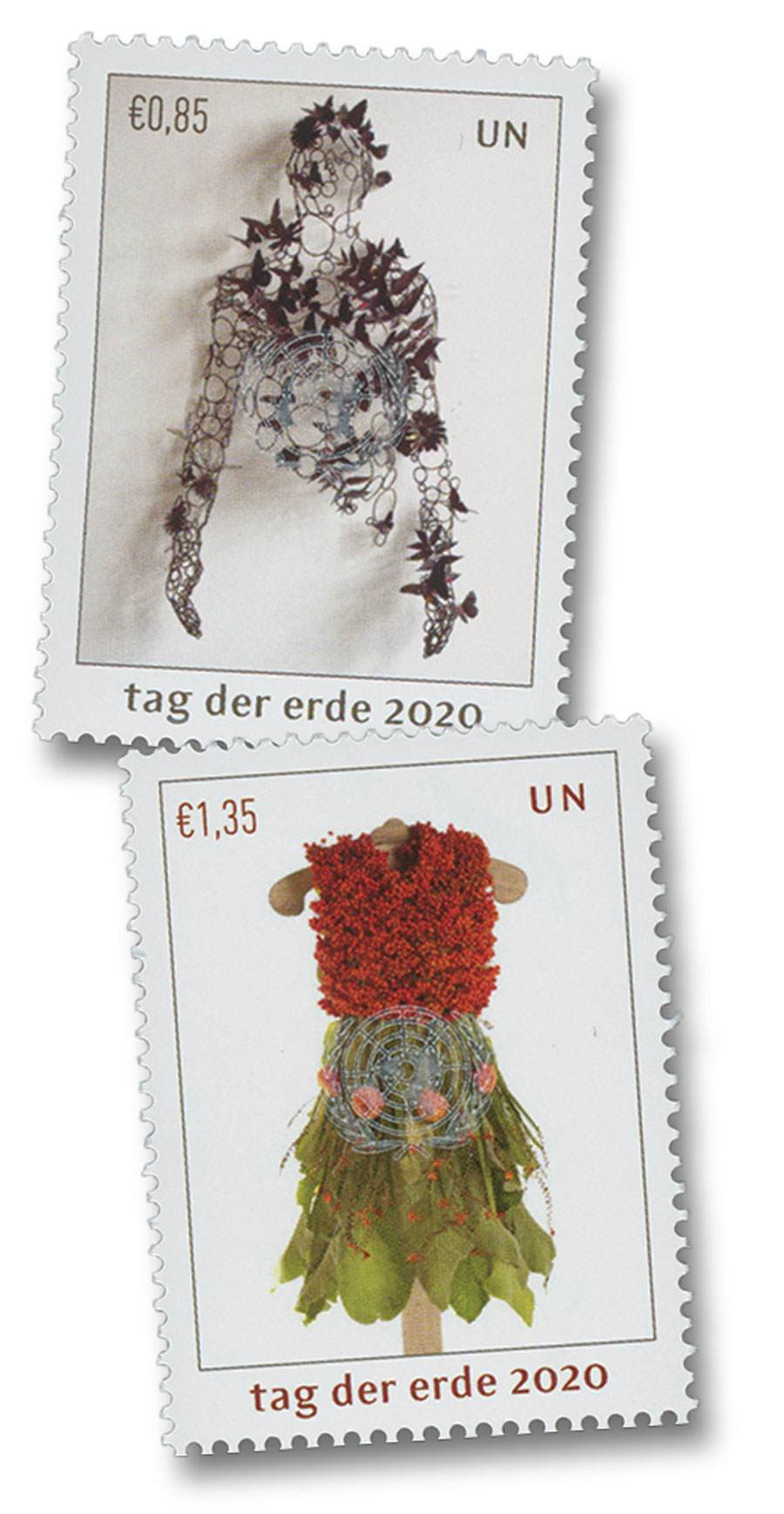
|
The largest demonstration took place in New York City. Mayor John Lindsay closed down Fifth Avenue and made Central Park available for the event. An estimated one million people attended the New York City event, and because the city was home to several major television and newspaper producers, it provided substantial coverage.
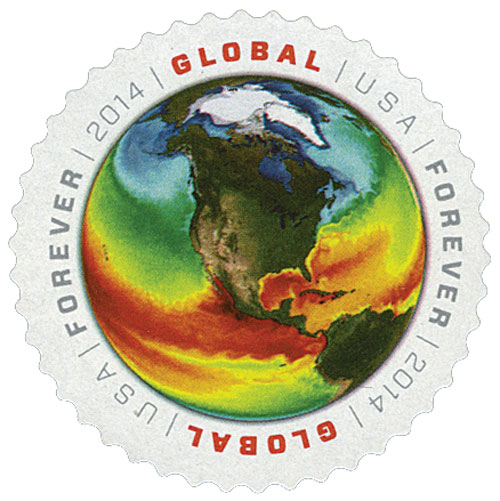
Events took place in many different cities. People met in the streets, parks, and auditoriums, holding massive rallies calling for environmental improvements. Groups fighting against oil spills, pesticides, freeways, and other causes quickly found they all shared common interests and could be more successful working together.
Earth Day also brought about a rare occurrence. Republicans and Democrats – as well as many other people from opposing walks of life – joined together for a common goal. By the end of 1970, the Earth Day movement helped bring about the creation of the Environmental Protection Agency as well as the passage of the Clean Air, Clean Water, and Endangered Species Acts. Nelson later recalled that, “It was a gamble, but it worked.” For his work, he was awarded the Presidential Medal of Freedom.

Twenty years later, Nelson’s partner, Denis Hayes, took the celebrations international. Some 200 million people in 141 countries joined in the 1990 Earth Day event. They brought environmental issues to the world stage. Their efforts brought a major boost to recycling efforts around the globe and led to the 1992 UN Earth Summit in Rio de Janeiro.

Today, Earth Day is celebrated annually by more than two billion people, making it the largest secular observance on the planet.
1999 33¢ Earth Day
Printed By: Ashton-Potter
Printing Method: Offset Press
The First Earth Day

On April 22, 1970, some 20 million people took part in the first Earth Day in America. Today, the event has spread across the world and is celebrated by more than one billion people.
The January 28, 1969, the Santa Barbara oil spill released over three million gallons of oil near the California coast, killing more than 10,000 seabirds, dolphins, seals, and sea lions. Environmental activists began calling for increased regulation and education, and an Earth Day to call attention to such issues.

On the one year anniversary of the oil spill, activists held Environmental Rights Day. They composed the Declaration of Environmental Rights and worked with concerned politicians on the National Environmental Policy Act.
Among these politicians was Wisconsin Senator Gaylord Nelson. Nelson had witnessed the effects of the Santa Barbara oil spill and wanted to do something to prevent future horrors. At the time, American schools were a hotbed for anti-war protests. He believed that if he could harness that same enthusiasm for the rising interest in air and water pollution, he could make environmental protection a part of the national political agenda.

Soon after, Nelson publicly announced that he planned to hold a “national teach-in on the environment.” He soon recruited Pete McCloskey to serve as his co-chair and Denis Hayes as the national coordinator. Hayes assembled a national staff of 85 to push for events around the country. They then selected April 22 as the date for their event, as it fell between spring break and final exams and would allow more students to participate.

As planned, Earth Day 1970 was celebrated around the country on April 22. Some 2,000 colleges, 10,000 primary and secondary schools, and hundreds of communities across America joined in the event. Overall, it “brought 20 million Americans out into the spring sunshine for peaceful demonstrations in favor of environmental reform.”

|

|

|
The largest demonstration took place in New York City. Mayor John Lindsay closed down Fifth Avenue and made Central Park available for the event. An estimated one million people attended the New York City event, and because the city was home to several major television and newspaper producers, it provided substantial coverage.

Events took place in many different cities. People met in the streets, parks, and auditoriums, holding massive rallies calling for environmental improvements. Groups fighting against oil spills, pesticides, freeways, and other causes quickly found they all shared common interests and could be more successful working together.
Earth Day also brought about a rare occurrence. Republicans and Democrats – as well as many other people from opposing walks of life – joined together for a common goal. By the end of 1970, the Earth Day movement helped bring about the creation of the Environmental Protection Agency as well as the passage of the Clean Air, Clean Water, and Endangered Species Acts. Nelson later recalled that, “It was a gamble, but it worked.” For his work, he was awarded the Presidential Medal of Freedom.

Twenty years later, Nelson’s partner, Denis Hayes, took the celebrations international. Some 200 million people in 141 countries joined in the 1990 Earth Day event. They brought environmental issues to the world stage. Their efforts brought a major boost to recycling efforts around the globe and led to the 1992 UN Earth Summit in Rio de Janeiro.

Today, Earth Day is celebrated annually by more than two billion people, making it the largest secular observance on the planet.













